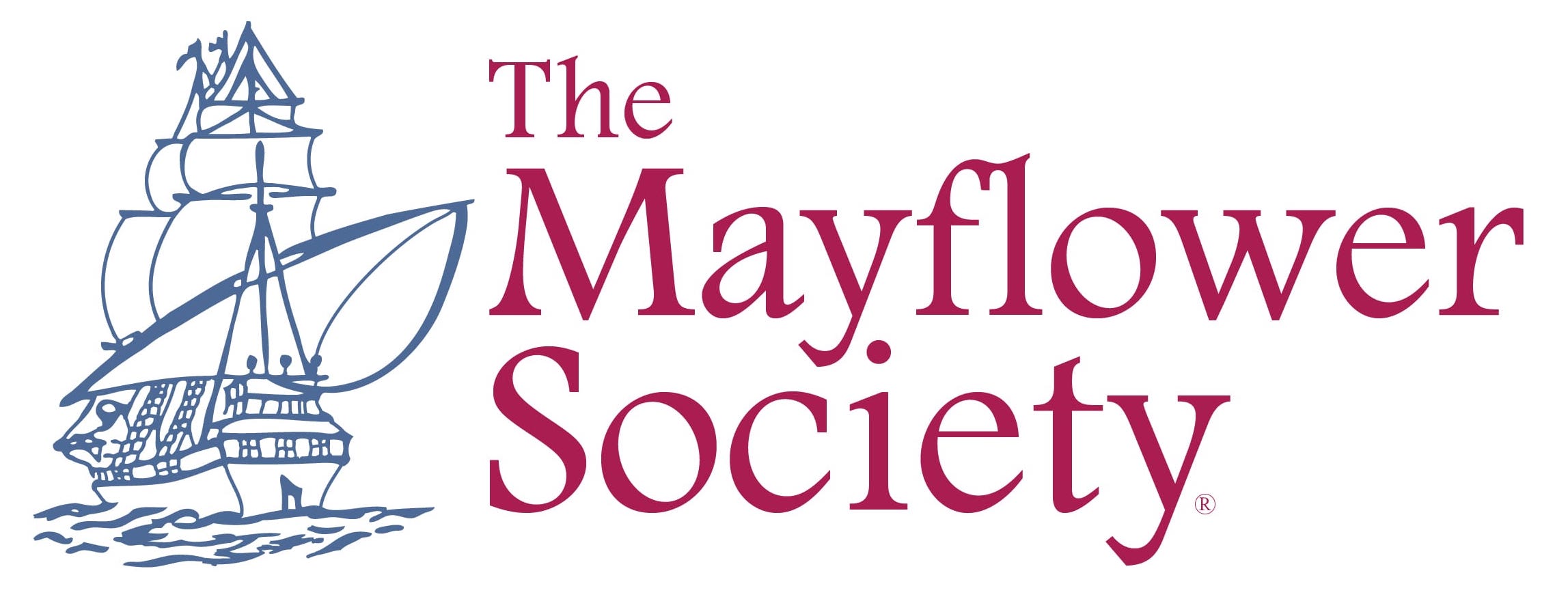The Brown Family
Passenger Profile
Peter Brown was a single man when he set sail in the Mayflower and remained a bachelor until at least 1623 when the division of land notes he was awarded a single acre. It is believed that he was the son of William Brown, who was baptized at Dorking, Surrey, England, 29 January 1594/95. The Brown and Mullins Families (fellow Mayflower passengers) were neighbors and friends from Dorking.
Peter was one of the 41 signers of the Mayflower Compact.
Early records recount that on Friday, 12 January 1620/21, Peter Brown and John Goodman were cutting thatch about a mile and a half away and got lost. A search party was set out with 10 to 12 armed men, thinking they may have been ambushed by Indians but they could not be found. Almost two days later, after spending a freezing and wet night out in the open, they found their way back, and recounted their story. Apparently their dogs, a great mastiff bitch and a spaniel chased a deer and they chased the dogs. At one point during the night they heard two lions roaring, and climbed a tree for safety. They eventually found their way and arrived back safely.
In the cattle division dated 22 May 1627, Peter is listed with his family, wife Martha, daughter Mary Brown and his step-children, John and Martha Ford. His first wife was Martha ( ) Ford who had arrived on the Fortune on 9 November 1621, with her husband (whose given name is unknown) and daughter Martha; the night of their arrival she gave birth to son John Ford. Martha’s husband died at Plymouth between 11 December 1621 when she was called “Goodwife,” and the 1623 land division where she was called “widow.” In this division she was allotted four acres, one for herself, one for her deceased husband and one for each of their children, Martha and John Ford. Martha ( ) (Ford) Brown died probably not long after the 1627 division. Peter and Martha had two children Mary and Priscilla Brown.
Peter married second, circa 1629, Mary ( ), who has not been identified. They had two children, daughter Rebecca and a second child who did not survive to adulthood.
In the epidemic that swept through Plymouth in 1633, Peter was one of many who succumbed, dying between 25 March and 28 October 1633. He would have been buried on Cole’s Hill. Note that the only children to share in his estate were his three daughters, he had no sons therefore the Brown[e] surname does not trace back to Peter Brown.
Children of Peter & Martha Brown:
- Mary Brown, born at Plymouth, circa 1626; married circa 1646, Ephraim Tinkham and had nine children: Child, Ephraim, Ebenezer, Peter, Helkiah, John, Mary, John and Isaac Tinkham.
- Priscilla Brown, born at Plymouth, circa 1629; married William Allen on 21 March 1649 but no children are known to have been born to them.
Children of Peter & Mary Brown:
3. Rebecca, born at Plymouth, circa 1631; married circa 1654, William Snow and had eight children: Mary, Lydia, William, Joseph, Hannah, Benjamin, Rebecca and James Snow.
4. Child, born circa 1633; died before 1647; no further record exists.

This 10″ tall beer tankard is fashioned like a barrel and was probably made by a cooper, or barrel-maker. The tankard is made of oak staves fastened by birch hoops. It is believed to have been made in England or the Baltics, circa 1620 and belonged to the descendants of Peter Brown. An oak and birch tankard believed to have belonged to Peter Browne is on display in the Pilgrim Hall Museum in Plymouth.
